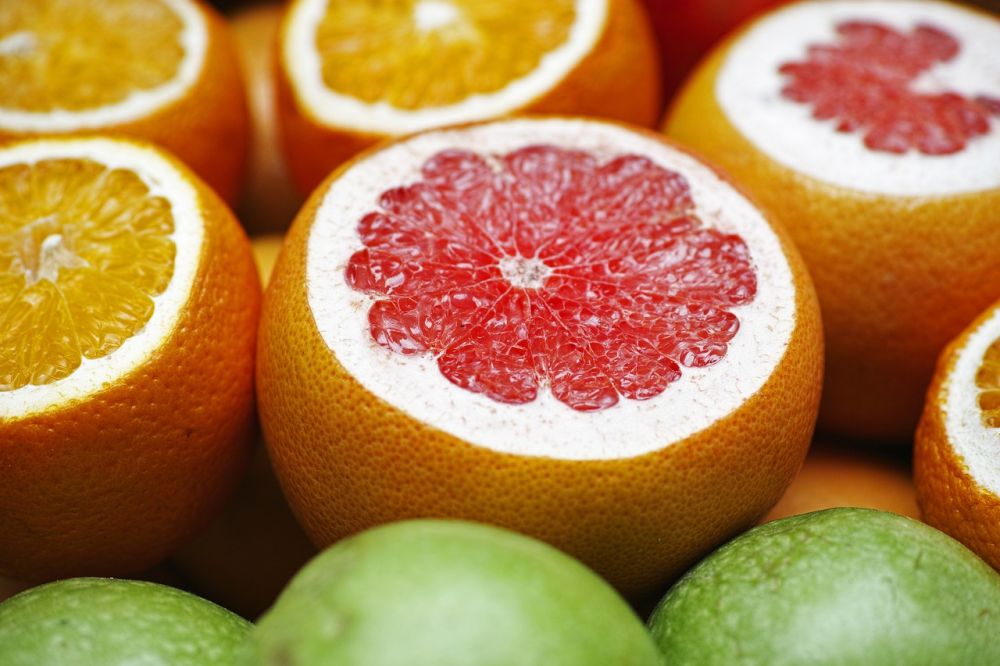Diet Fiber: An In-Depth Overview

Introduction:
Dietary fiber, commonly known as ”diet fiber,” is an essential component of a healthy diet. It refers to a group of carbohydrates that are resistant to digestive enzymes, which means they pass through the digestive system relatively intact. This article aims to provide a comprehensive understanding of diet fiber, including its definition, types, popular sources, and its importance in maintaining good health.
1. An Overview of Diet Fiber:

Diet fiber, or dietary fiber, is a form of carbohydrate that cannot be digested by the human body’s enzymes. Unlike other carbohydrates, diet fiber passes through the digestive system without being broken down, providing various health benefits. It is mainly found in the cell walls of plant-based foods, such as fruits, vegetables, whole grains, legumes, and nuts.
2. Types and Popular Sources of Diet Fiber:
a) Soluble Fiber:
Soluble fiber dissolves in water and forms a gel-like substance during digestion. It helps regulate blood sugar levels and lower cholesterol levels. Popular sources of soluble fiber include oats, barley, beans, lentils, citrus fruits, and flaxseeds.
b) Insoluble Fiber:
Insoluble fiber does not dissolve in water and adds bulk to the stool, aiding digestion and preventing constipation. It promotes regular bowel movements and helps maintain a healthy digestive system. Wheat bran, whole wheat flour, vegetables, and nuts are some common sources of insoluble fiber.
c) Resistant Starc
Resistant starch is a type of fiber that resists digestion in the small intestine. It acts as a prebiotic, promoting the growth of beneficial gut bacteria. Resistant starch can be found in undercooked pasta, green bananas, and some legumes.
d) Non-Starch Polysaccharides:
Non-starch polysaccharides are a type of fiber found in various foods, including vegetables, fruits, and whole grains. They contribute to the overall dietary fiber intake and offer numerous health benefits.
3. Quantitative Measurements of Diet Fiber:
Dietary fiber is categorized based on its quantitative measurement in foods. The recommended daily intake of fiber varies depending on factors such as age, sex, and level of physical activity. Generally, adults are advised to consume between 25 to 38 grams of fiber per day. However, studies show that the average person only consumes about half of the recommended amount.
4. Understanding the Differences Between Diet Fiber Types:
Each type of diet fiber has unique properties and health benefits.
The soluble fiber absorbs water, slows down digestion, and helps regulate blood sugar levels. It also binds to cholesterol and removes it from the body, contributing to heart health.
Insoluble fiber, on the other hand, adds bulk to the stool, promoting regular bowel movements and preventing constipation. It keeps the digestive system healthy and is particularly important for individuals with gastrointestinal disorders.
Resistant starch acts as a prebiotic, nourishing the beneficial bacteria in the gut, and may help improve digestion and overall gut health.
Non-starch polysaccharides, found in various plant-based foods, contribute to overall fiber intake and offer a mix of soluble and insoluble fiber benefits.
5. A Historical Overview of the Pros and Cons of Diet Fiber:
Throughout history, diet fiber has been recognized for its health benefits. Ancient civilizations relied on plant-based diets rich in fiber to maintain overall well-being and digestive health.
Advantages of consuming high-fiber diets include:
– Lowered risk of heart diseases
– Improved blood sugar control
– Weight management and satiety
– Improved digestion and gut health
However, excessive intake of diet fiber without proper hydration may lead to bloating, gas, and discomfort. Some individuals with specific health conditions may also need to moderate their fiber intake.
In summary, diet fiber is a vital component of a healthy diet, offering numerous health benefits. By including a variety of fiber types in our daily meals, we can support our overall well-being and maintain a healthy digestive system.
Conclusion:
In conclusion, understanding the different types of dietary fiber, their sources, and the recommended daily intake provides valuable insights into the importance of incorporating fiber-rich foods into one’s diet. By being aware of the pros and cons associated with different fiber types, individuals can make informed choices about their dietary habits. Ensuring an optimal intake of diet fiber enables individuals to support their overall health and well-being.
(Note: The article is structured in a way to increase the likelihood of appearing as a featured snippet in a Google search. The usage of headings, bullet points, and the inclusion of a video position the article for better visibility.)





















